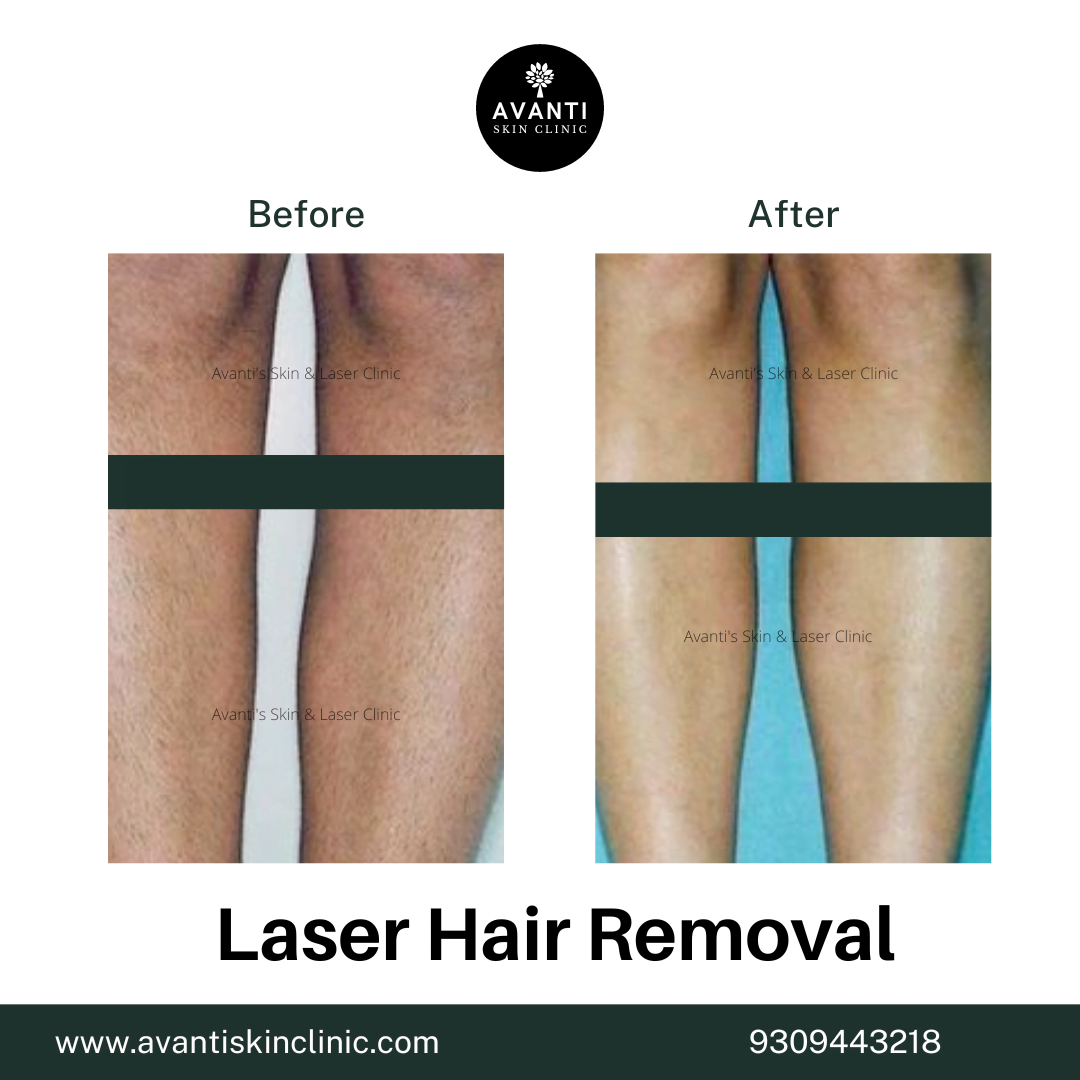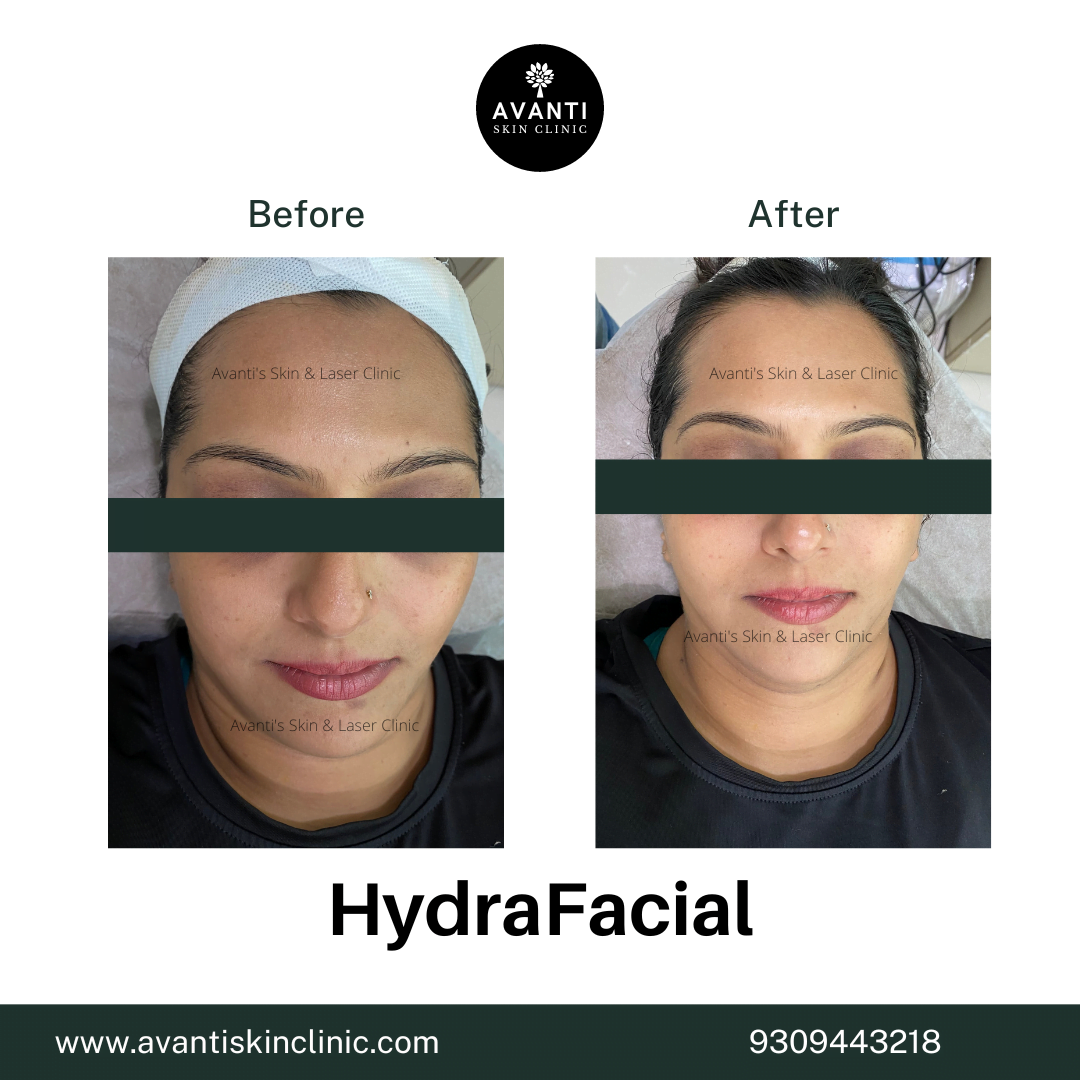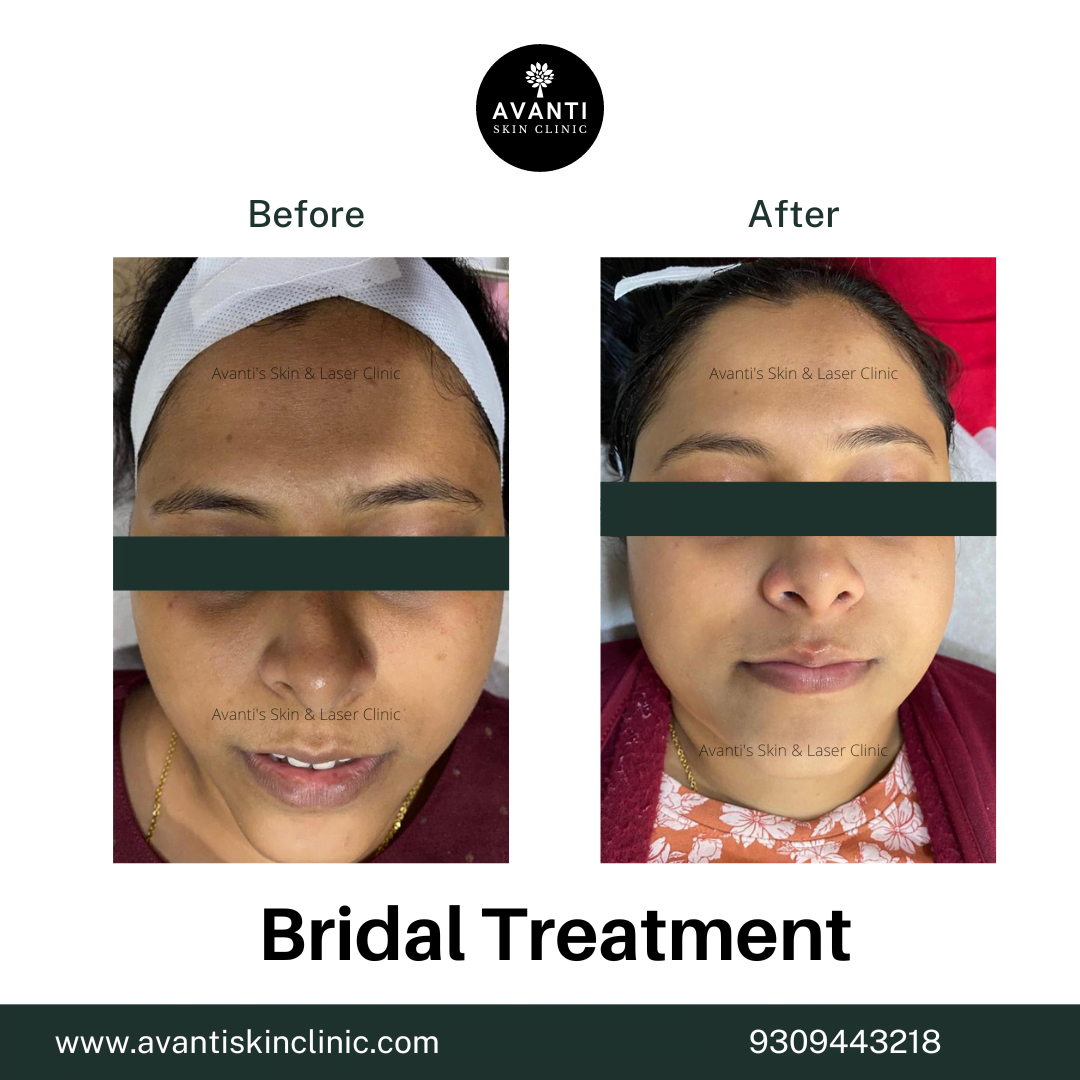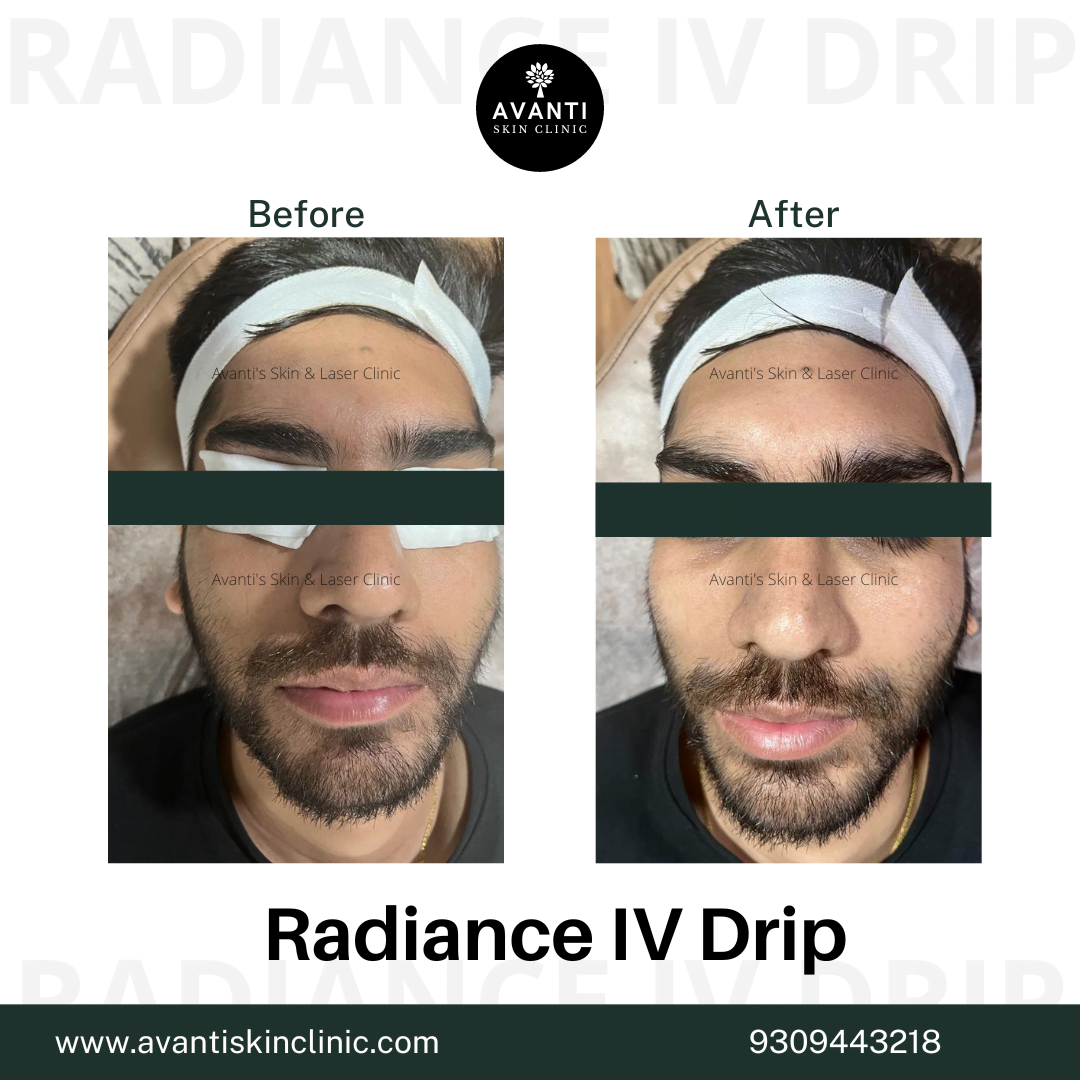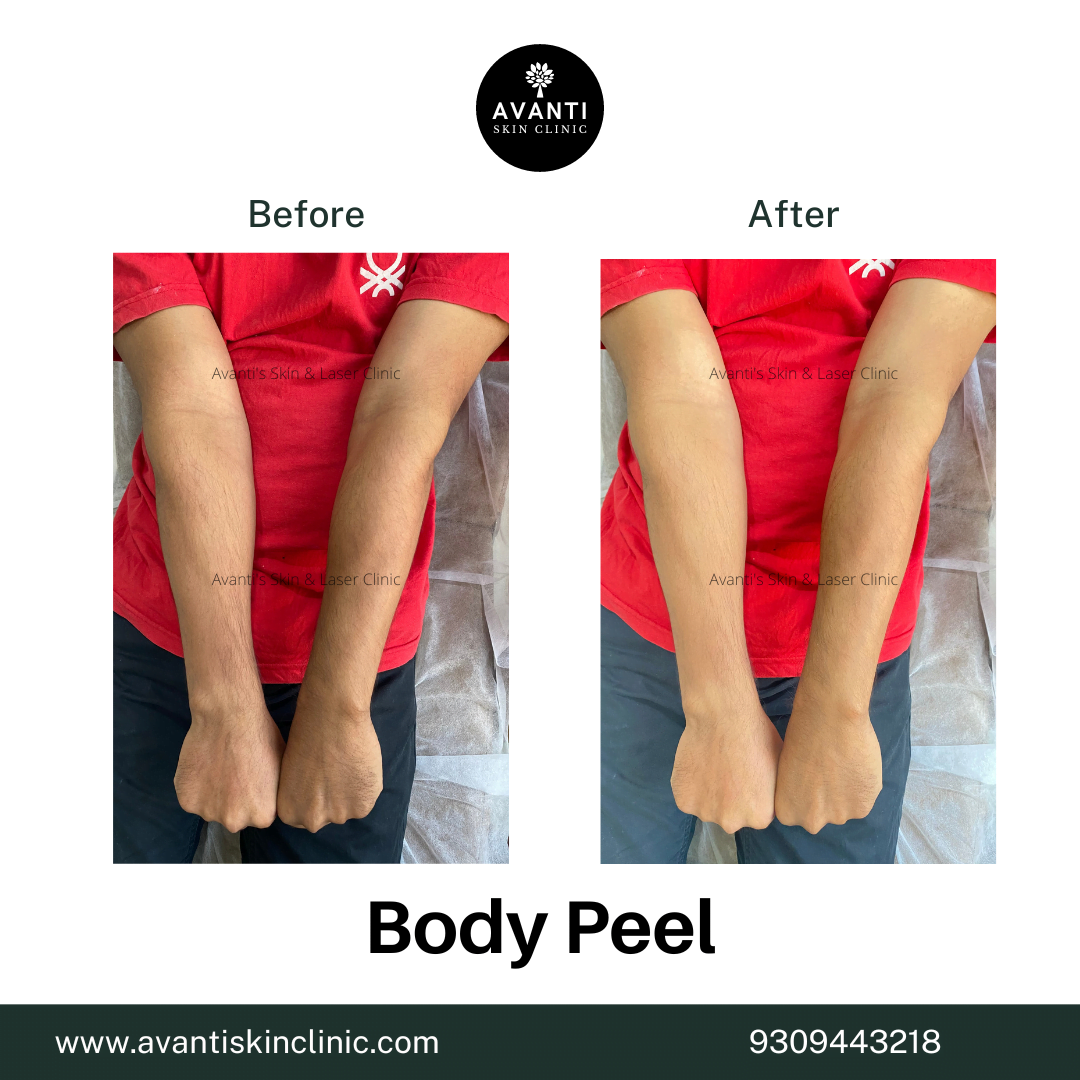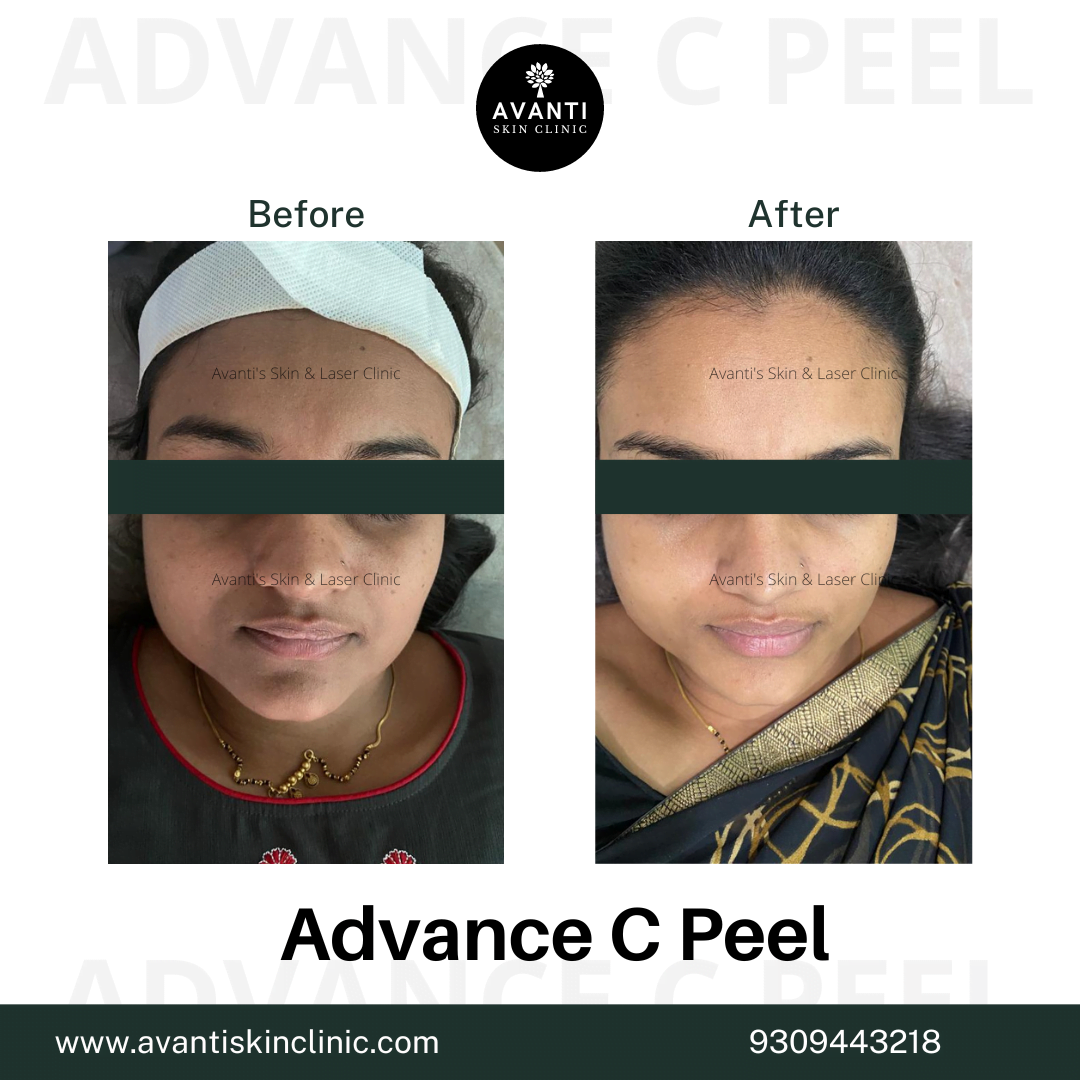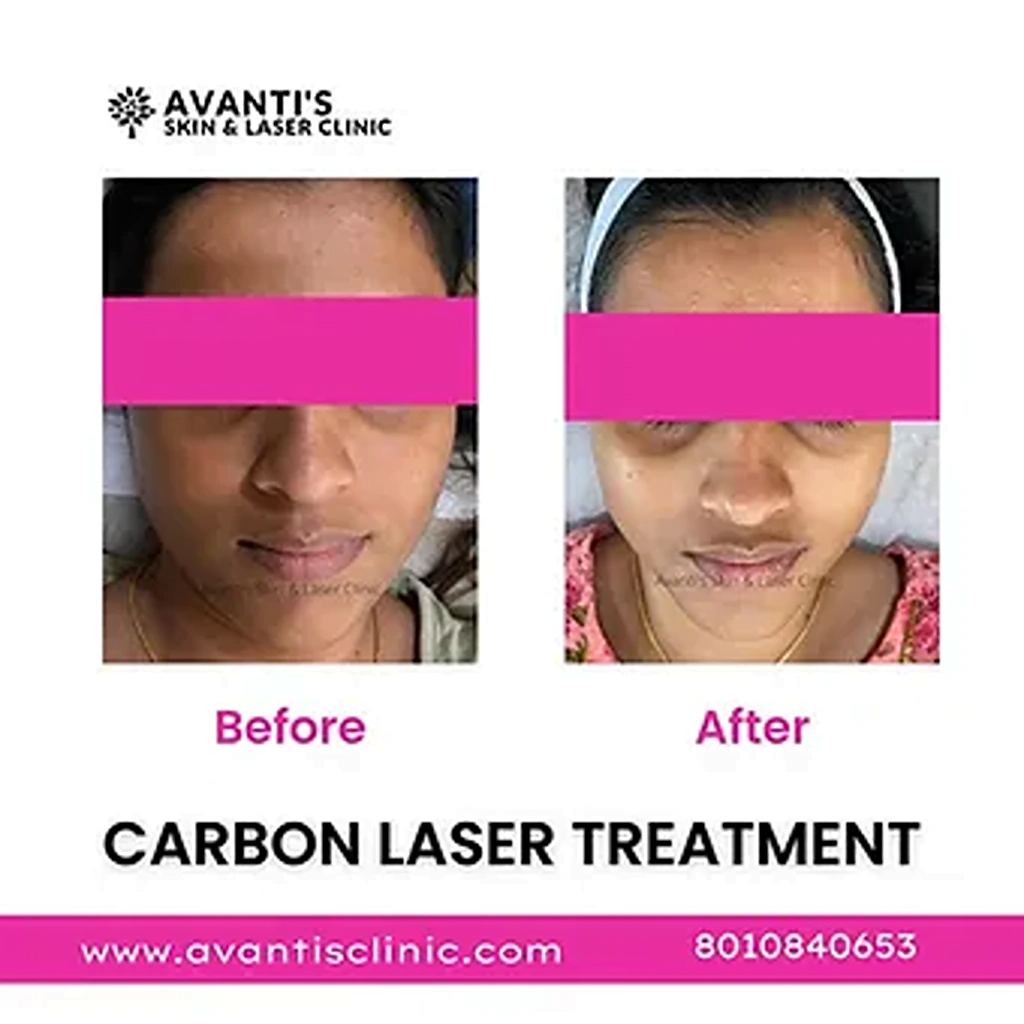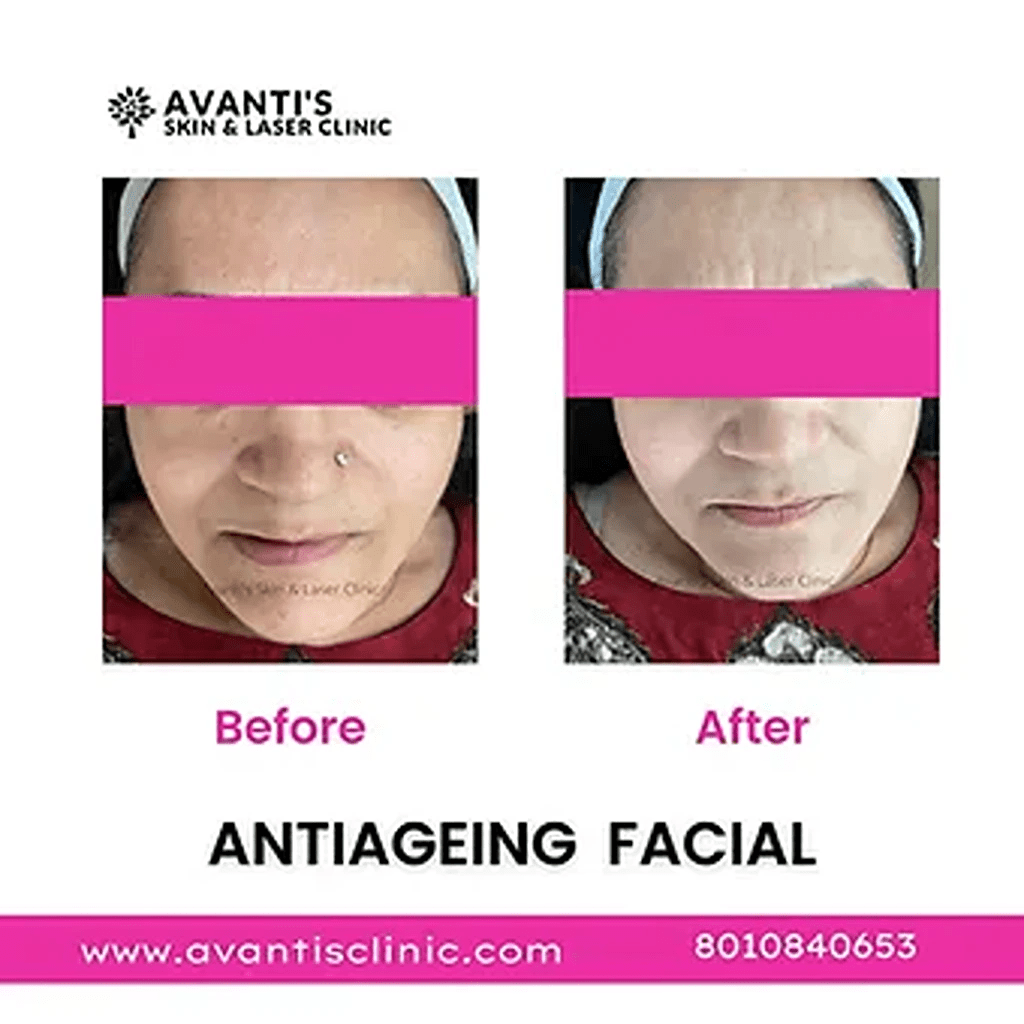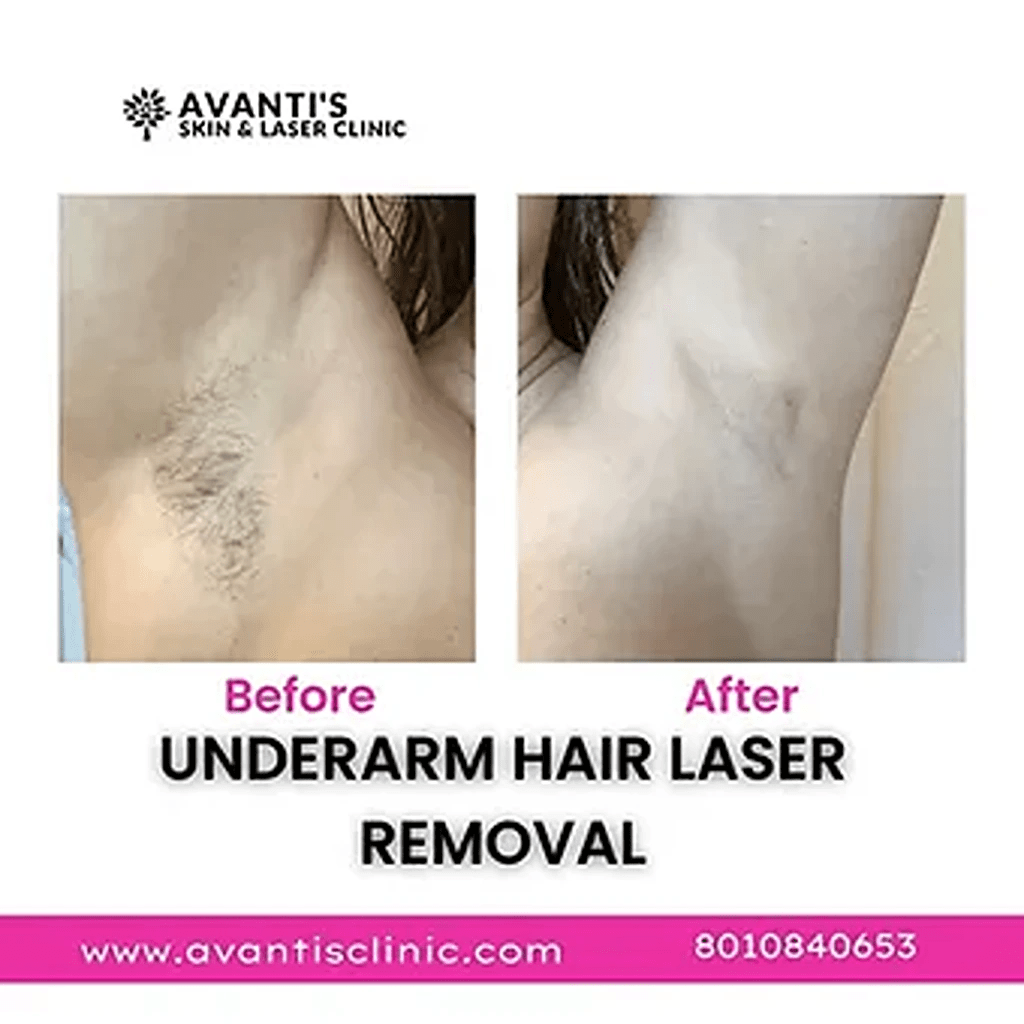What is CO2 Laser Treatment? Benefits and Side Effects Explained
In the world of advanced skincare, laser treatments have become a go-to solution for tackling everything from wrinkles and acne scars to uneven skin tone and pigmentation. Among them, CO2 laser treatment stands out as one of the most powerful and effective options. But what is CO2 laser treatment, and is it right for you?
What is CO2 Laser Treatment?
CO2 laser treatment (Carbon Dioxide Laser) is a form of ablative laser resurfacing, designed to treat damaged skin by using carbon dioxide energy to remove the outermost layers. It works by creating tiny columns of thermal injury in the skin, stimulating the body’s natural healing process and encouraging collagen production.
What does the process of CO2 laser resurfacing include?
Laser light pulses are used in C02 laser resurfacing. The water in the skin cells absorbs these rays after they pass through the skin’s surface.
The epidermis, or outermost layer of your skin, gets vaporised when this occurs. As the middle layer, or dermis, warms up, new collagen fibres are encouraged to develop. The old layers of skin are replaced by new, smoother, firmer skin as the area heals.
A dermatologist or cosmetic surgeon can precisely target particular skin areas during CO2 laser resurfacing, ensuring that the procedure doesn’t damage the surrounding skin.
How to get ready for the process
You will receive instructions from your dermatologist on how to get ready for treatment. Pre-care usually include the following, depending on your medical history:
- Avoiding tanning or prolonged sun exposure for four weeks prior to treatment
- Abstaining from sun-sensitivity drugs, such as doxycycline, for three days prior to treatment
- If you have a history of herpes or shingles, take an antiviral prescription for a few days prior to and following treatment.
- Since smoking can impede recovery, stop smoking for two weeks prior to and following therapy.
The process
An outline of what to anticipate on the day of your CO2 laser treatment is provided here:
Depending on the problem being solved and the skin region being treated, this outpatient surgery typically takes 30 minutes to 2 hours.
There is some discomfort associated with CO2 laser resurfacing. The depth and scope of resurfacing, the dermatologist’s or surgeon’s competence, and your personal pain threshold will all affect how painful the procedure is for you.
To help you relax and avoid pain, you will be given a combination of a sedative and a local anaesthetic. You might be given general anaesthesia for extensive resurfacing so you can sleep through the procedure.
Your skin will be properly cleansed prior to the procedure, and you will be provided with protective eyewear to shield your eyes from the laser.
The laser wand will be slowly moved over the skin’s target area by the dermatologist or surgeon during the procedure.
To stop swelling, you can be given an ice pack to apply to the treatment region for fifteen minutes.
Lastly, the treated area will be covered with a nonstick dressing and antibacterial ointment. As directed, leave this on for a full day or more.
Depending on the required treatment and laser power, you might require many treatment sessions.
What are the advantages?
Numerous medical and cosmetic skin conditions, including scars, skin cancer, and obvious symptoms of ageing and sun damage, can be treated with CO2 laser resurfacing.
Wrinkles and fine lines
Fine lines and wrinkles can be less noticeable with CO2 laser resurfacing. It might work particularly well on:
Crow’s feet, creases around the lips, lines and wrinkles on the forehead, and lines and wrinkles under and around the eyes
In addition to immediately lessening the visibility of wrinkles, it promotes the synthesis of collagen, which over time can enhance the condition of your skin.
Skin affected by the sun
UV light exposure may be a factor in the following obvious symptoms of ageing skin:
- Sagging wrinkles as a result of reduced elasticity
- Skin that is rough and uneven, sunspots and liver spots, and spider veins
- All of the aforementioned can be considerably less noticeable with CO2 laser resurfacing.
Baggy Eyes
What are usually referred to as “baggy” or “hooded eyes” might be caused by loose skin above the upper and lower eyelids.
In addition to tightening the skin, CO2 lasers may also enhance the laxity of the eyelids and lessen the look of baggy eyes.
Warts
Dermatologists typically suggest alternative wart treatment options, such as freezing or over-the-counter medications. However, they might apply lasers to warts that don’t improve with other therapies.
Excessive sebaceous growth
When sebum becomes stuck in an oil gland, sebaceous hyperplasia develops. This results in an enlarged gland that produces a tiny, waxy pimple on the skin, generally on the face. Despite their innocuous nature, some people get them removed for aesthetic purposes.
Although some research indicates that an erbium laser could be a superior choice, CO2 lasers can successfully eliminate these lumps and stop them from growing again. According to a 2020 study, erbium laser treatment frequently only needs one session and has less side effects than CO2 and other lasers.
Skin cancer
By reducing and eliminating tissue with minimal bleeding or harm to nearby tissue, CO2 lasers can aid in the prevention or treatment of skin malignancies.
Conclusion
To summarise, what is CO2 laser treatment? It’s a cutting-edge skin resurfacing procedure that removes damaged skin layers and promotes collagen production for smoother, firmer, and clearer skin. Whether you’re struggling with ageing signs, acne scars, or sun damage, CO2 laser therapy could be the transformative treatment you’ve been looking for.
Now that you know what is a CO2 laser used for, along with its powerful results and potential side effects, you can make an informed decision. Always consult a qualified dermatologist before proceeding to ensure the treatment is suitable for your skin type and condition.
Frequently Asked Questions
CO2 laser treatment is a skin resurfacing procedure that uses carbon dioxide to remove outer skin layers and stimulate collagen for smoother, younger-looking skin.
It targets wrinkles, scars, and pigmentation, improving texture and tone. In short, what does a CO2 laser do for your face is resurface and rejuvenate it.
While effective, CO2 lasers are typically better suited for lighter skin tones due to the risk of pigmentation changes in darker skin. Always consult a dermatologist first.
Results can last several years, especially when paired with a good skincare routine and sun protection.
What does CO2 laser do to skin is regenerate it — removing damaged layers and encouraging fresh, collagen-rich skin to form underneath.
Common side effects include redness, swelling, peeling, and temporary sun sensitivity. Serious risks like scarring or infection are rare with proper care.
What is a CO2 laser used for most commonly is reducing signs of ageing, acne scars, and skin discolouration — all through precision resurfacing.

